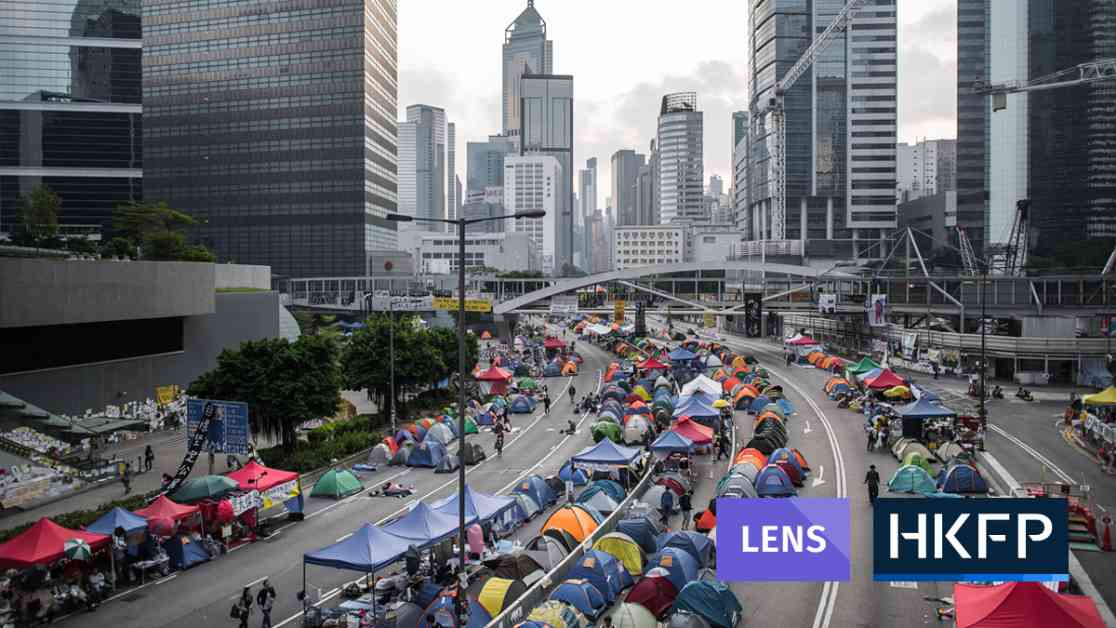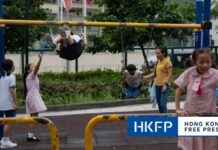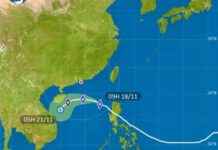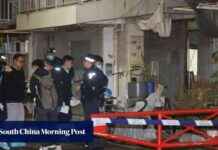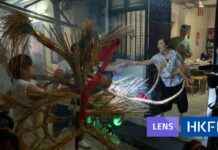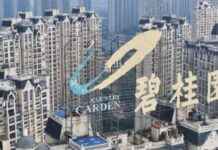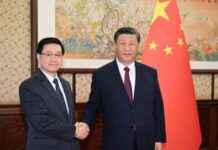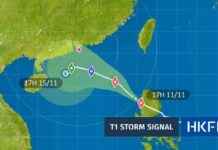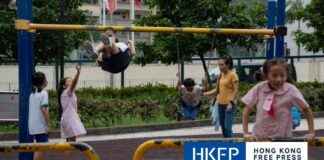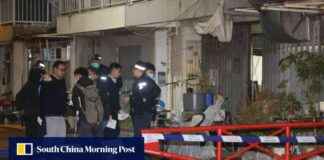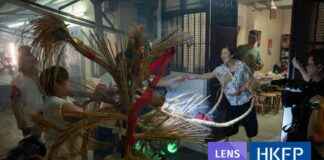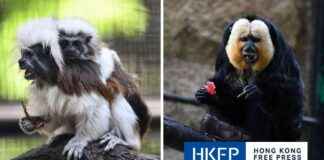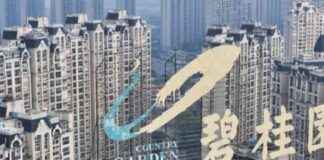The Umbrella Movement in Hong Kong, a significant pro-democracy civil disobedience campaign that lasted for 79 days in 2014, began with class boycotts on September 22. Students took to the streets outside the government headquarters to protest a decision made by China’s top legislative body regarding political reform in Hong Kong. Although the decision allowed Hongkongers to vote for their leader, it required candidates to be approved by Beijing, sparking outrage among many.
Thousands of students were soon joined by more protesters after legal scholar Benny Tai initiated Occupy Central with Love and Peace in the early hours of September 28. This civil disobedience campaign aimed to demand true universal suffrage for the people of Hong Kong. The protests intensified as police used pepper spray to disperse the demonstrators near the government headquarters on September 28, leading to clashes and a tense atmosphere in the city.
As tensions escalated, tear gas was fired into the crowd for the first time in decades, reminiscent of the 1967 riots. The use of tear gas marked the beginning of a series of operations by the police to clear the protest sites and disperse the demonstrators. Despite the challenges, the protesters remained resilient, with some occupying other areas of Hong Kong Island, including Nathan Road in Mong Kok.
The following days saw a continuous stand-off between the protesters and the authorities, with police using tear gas multiple times at different locations. The protesters, armed with umbrellas to shield themselves from pepper spray and projectiles, gained the nickname “Umbrella Movement.” Despite facing adversity, the demonstrators continued to advocate for their cause, with the protests turning parts of Hong Kong into a massive street party on September 29, showcasing their determination and spirit.
After more than two months of disrupting the city, the Umbrella Movement came to an end on December 15, when the last protest encampments were dismantled following court orders. Many key figures associated with the movement, including Benny Tai and student activist Joshua Wong, faced legal consequences for their involvement in the protests, highlighting the risks and sacrifices made by those fighting for democracy in Hong Kong.
Subheadings:
The Beginning of the Movement
Escalation of Protests
End of the Umbrella Movement
Through it all, the Umbrella Movement left a lasting impact on Hong Kong’s political landscape, sparking conversations about democracy, freedom, and the rights of the people. The images of protesters holding up umbrellas, facing off against police, and standing united for a common cause became symbolic of the resilience and determination of the Hong Kong people in their fight for democracy.
As the city grappled with the aftermath of the Umbrella Movement, questions about the future of Hong Kong’s political system and the autonomy promised under the “One Country, Two Systems” framework loomed large. The legacy of the Umbrella Movement continues to shape the political discourse in Hong Kong, inspiring a new generation of activists and advocates for democracy and freedom.
